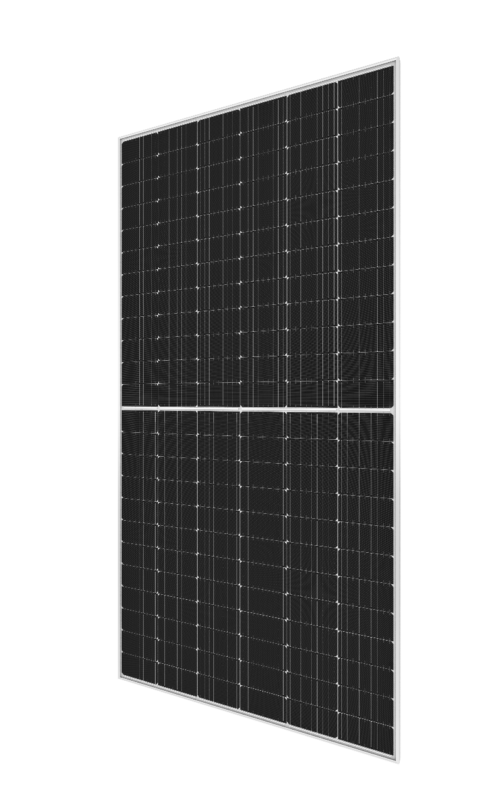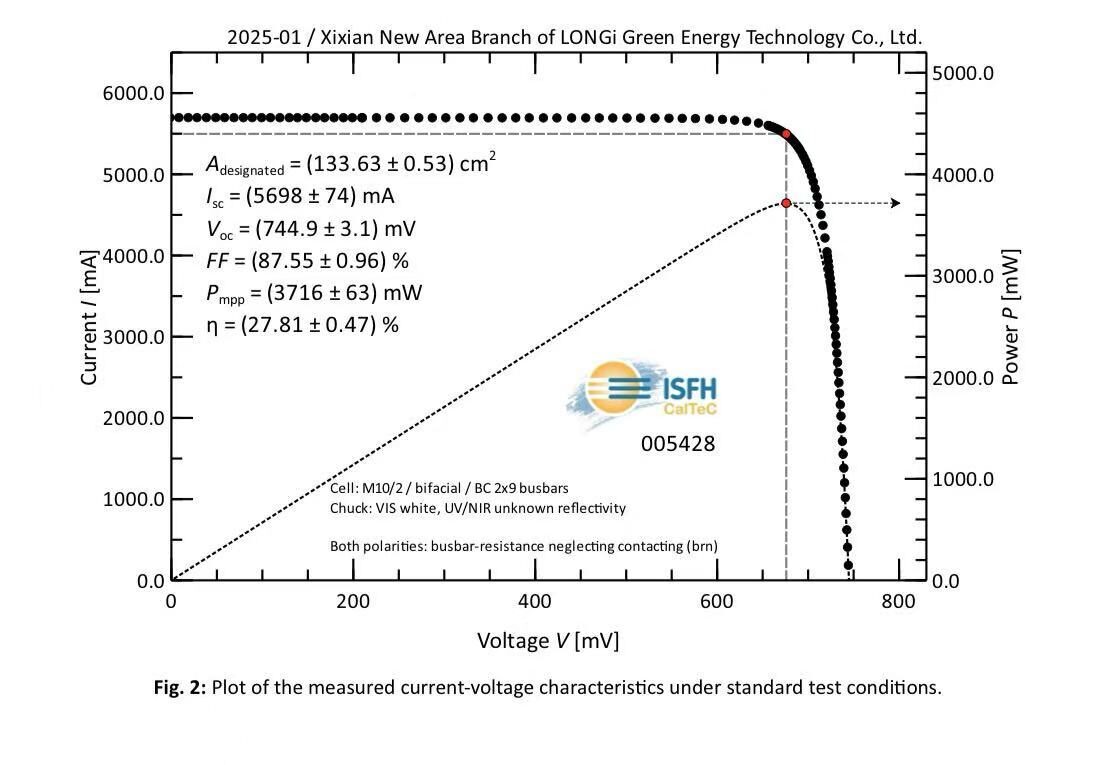Chinese monocrystalline PV module manufacturer Longi has yet to join the race to produce solar panels with power outputs above 600 W, despite the growing number of announcements from big competitors such as JinkoSolar, Trina Solar, Tongwei and JA Solar.
In a recent chat with pv magazine, Hongbin Fang – Longi's director of product marketing – explained that the decision is in line with a clear strategy. ““Our development logic is to look at every aspect of PV project deployment with holistic view and find best overall solution: not only ingot, wafer, cell and module manufacturing processes, but also module deployment processes, such as transportation, installation and system integrations,” he stated. “Hi-MO5 module using M10 wafers is the outcome of this strategy.”

Image: Longi
Longi's Hi-MO 5 module for large-scale solar plants is thus far its most powerful commercial offering, with a power output of 540 W. It measures 2,256 mm x 1,133 mm, with a surface area of 2.56 m2. “It can meet higher-quality and greater efficiency demand of the industry and to reduce the LCOE of a solar power plant,” Fang said, adding that the M10 wafer-based module is optimized for shipping and installation.
Fang said that bigger PV modules are not necessarily better products, claiming that the company's modules are made from M6 and M10 for better power output and lower balance-of-system costs, with a moderately higher module current and voltage. “Significantly higher current may increase the risk of hot spots and junction box failure,” he said. “Bigger is not always better.”
The manufacturer is convinced that parameters such as module width, area and working current for its 72c Hi-MO 5 are optimal. “By increasing cell number to 78 for 585W panels with higher open circuit voltage would bring limited value to our customers,” Fang said. “Higher open circuit voltage means fewer modules per string, which would not help to reduce racking and cabling cost.”
He said increasing the bifacial module width beyond 1.3 m would make a crossbeam on the backside necessary to maintain sufficient mechanical strength. Crossbeams create shading on module backsides and reduce the power generation of bifacial modules. “This will also increase the cost of module bringing limited value to customers,” he said.
Another important issue for 600 W+ modules, according to Fang, is their working current, which is generally more than 18 ampere. But with bifacial gains of 15% it can even reach 21 ampere. “Such high current significantly increases the afore-mentioned risk of hot-spot and junction box failure,” he said.
A limiting factor for transport-related issues is the door height of the standard 40’ High Cube shipping container, which limits the width of the modules to about 1.13 m, Fang noted. “Because a bigger product is so wide, either portrait loading or lying flat package is required for fitting into 40’ High Cube, which will increase micro-crack risk,” he added.
The 1.3 m width of the 600 W modules – weighing in at 35 kg, with a surface area of 2.8 square meters – is not convenient for manual installations by two people.
This interview is a prelude to a series of articles that PV magazine editor Pilar Sánchez Molina will publish over the coming week about 500 W+ solar modules.
This content is protected by copyright and may not be reused. If you want to cooperate with us and would like to reuse some of our content, please contact: editors@pv-magazine.com.




1 comment
By submitting this form you agree to pv magazine using your data for the purposes of publishing your comment.
Your personal data will only be disclosed or otherwise transmitted to third parties for the purposes of spam filtering or if this is necessary for technical maintenance of the website. Any other transfer to third parties will not take place unless this is justified on the basis of applicable data protection regulations or if pv magazine is legally obliged to do so.
You may revoke this consent at any time with effect for the future, in which case your personal data will be deleted immediately. Otherwise, your data will be deleted if pv magazine has processed your request or the purpose of data storage is fulfilled.
Further information on data privacy can be found in our Data Protection Policy.